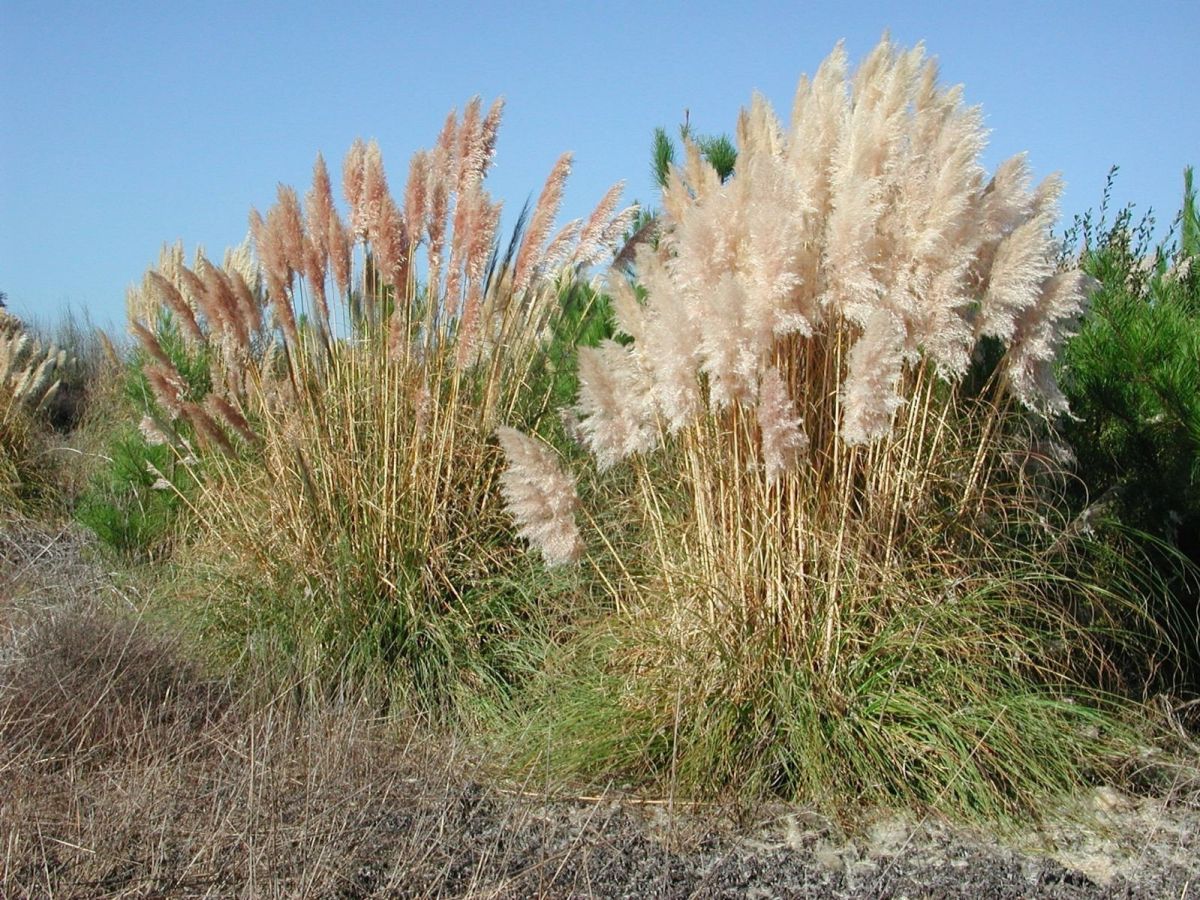Despite its beauty, it is an invasive species that causes serious problems for health, biodiversity, and the economy. According to researcher Hélia Marchante, professor at the School of Agriculture of the Polytechnic of Coimbra (ESAC-IPC) and researcher at CERNAS – Center for Natural Resources, Environment and Society, "Pampas grass has spread very rapidly in our country. It replaces native vegetation and is expensive and difficult to control once established."
Each plume can release thousands of seeds, easily carried by the wind. In addition to rapid dispersal, the species aggravates allergies and respiratory problems; forms dense clumps that eliminate native species; and generates high removal costs for municipalities, businesses, and property owners. "The longer we let it go, the greater the environmental and economic cost. Early control and prevention are the most effective strategies," emphasizes the expert. "And citizens can play an essential role," she continues. To help, each citizen can: report incidents to the Invasoras.pt project through the iNaturalist/Biodiversity4All app; remove feathers before seed dispersal—until the end of September; and uproot young plants, preventing their establishment.
Hélia Marchante points out that pampas grass is included in the National List of Invasive Species (LNEI), established by Decree-Law No. 92/2019, making its planting, commercialisation, and propagation illegal. "During this critical flowering period, collaboration between citizens, local authorities and businesses is urgently needed to halt the spread of this invasive species and, in doing so, protect health, biodiversity and the landscape," says the specialist.












There are many invasive species in Portugal and I see lots where I live in Quinta do Conde. One that I see spreading along roads and into local forest is the Tree of Heaven. It doesn't mind heat or drought, like the Eucalyptus sprouts again if cut down, spreads under the ground via suckers, and has seeds carried by the wind.
By Steve Andrews from Other on 14 Sep 2025, 16:11
Pampas grass is a huge problem in California. People imported Pampas grass from Argentina, thinking it was a beautiful addition to their gardens. Now it has spread up and down the entire coast of California. I hope the Portugese government will tackle this problem before it´s too late. The other invasive species seen all over Portugal is a grass related to Pampas grass. It´s a cane grass and has completely taken over roadways:https://invasoras.pt/en/invasive-plant/arundo-donax. Since the Portuguese government has let this species take hold and proliferate like crazy, I do not hold much hope stopping the proliferation of Pampas grass.
By Jeannette Kortz from Lisbon on 15 Sep 2025, 13:42